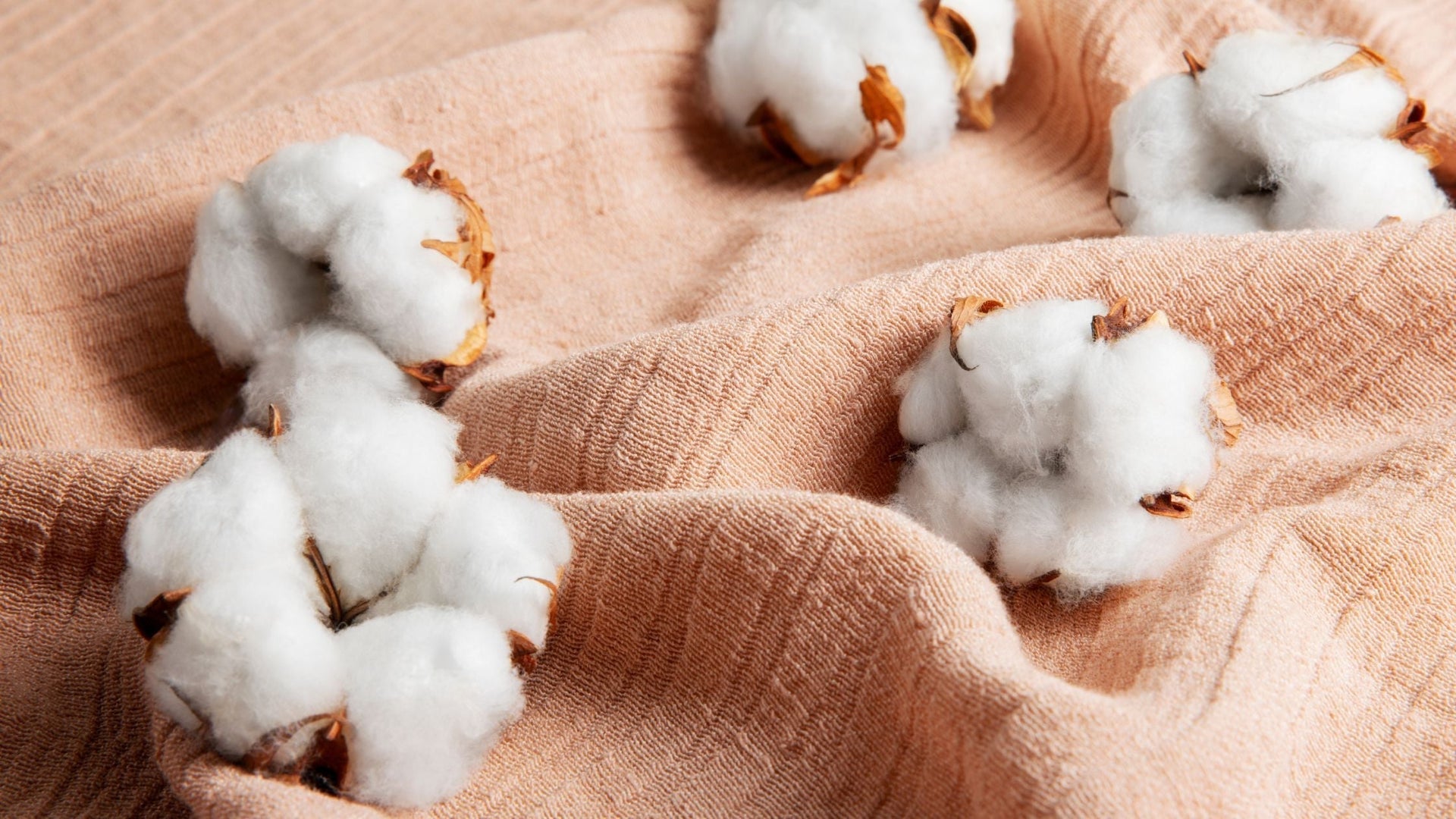We think a lot about what we put in our bodies—choosing organic food, drinking filtered water, and avoiding harmful chemicals. But what about what we put on our bodies? The fabrics we wear every day play a bigger role in our health than we might realize, influencing everything from skin health to hormonal balance.
The Hidden Problem: Hormone-Disrupting Materials
Many of the synthetic materials found in everyday clothing—like polyester, nylon, and spandex—contain endocrine-disrupting chemicals (EDCs). These can include phthalates, formaldehyde, and BPA, which have been linked to hormone imbalances, skin irritation, and even long-term health concerns.
These materials are designed for convenience—stretchy, sweat-wicking, and durable—but they often trap heat and moisture, creating the perfect environment for bacteria growth and disrupting the body’s natural thermoregulation. Plus, many synthetic fabrics undergo chemical treatments for stain resistance, wrinkle resistance, or water resistance, adding another layer of potential irritants to our daily wear.
Natural Alternatives for Harmony and Health
The good news? There are fabrics that not only feel better on your skin but also support your body’s natural balance. Here are some of the best hormone-friendly materials to incorporate into your wardrobe:
Organic Cotton – Soft, breathable, and chemical-free, organic cotton allows your skin to breathe while being gentle on sensitive skin. Unlike conventional cotton, it’s grown without pesticides or synthetic fertilizers, reducing exposure to harmful toxins.
Bamboo – Bamboo fabric is naturally antibacterial, moisture-wicking, and incredibly soft. It helps regulate body temperature and doesn’t require as many chemical treatments as synthetic alternatives, making it a great choice for hormone-conscious wearers.
Hemp – One of the most sustainable and durable fabrics available, hemp is naturally resistant to bacteria and UV rays. It gets softer with every wash and doesn’t require the heavy pesticide use that conventional cotton does.
Linen – Derived from flax plants, linen is highly breathable and has natural cooling properties. It also has moisture-wicking abilities, making it a great option for those looking to stay cool and comfortable while avoiding synthetic chemicals.
Silk – A luxurious and natural fabric, silk has temperature-regulating properties and is gentle on the skin. Since it’s a protein-based fiber, it aligns well with the body’s natural chemistry.
Making the Shift: Small Changes, Big Impact
Transitioning to hormone-friendly fabrics doesn’t mean you have to overhaul your entire wardrobe overnight. Start small—swap out synthetic underwear and sleepwear for natural fibers first, since these are the clothes that have the most prolonged contact with your skin. Gradually replace fast fashion buys with long-lasting, sustainable pieces that prioritize your well-being.
By choosing natural, high-quality fabrics, you’re not just investing in comfort and sustainability—you’re making a choice that supports your body’s natural rhythm and balance. And when our clothing works with us instead of against us, we feel better, sleep better, and function at our best.
So next time you shop, think beyond just style. Choose clothing that not only looks good but also feels good—on your skin and in your body.





